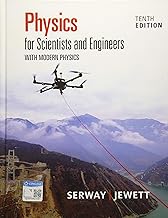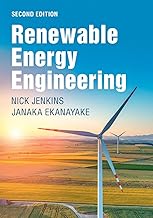Summary of "What It’s Like to Study Engineering Science at Oxford?"
Summary of “What It’s Like to Study Engineering Science at Oxford?”
This video provides an overview of the Engineering Science course at Oxford University, highlighting the interdisciplinary nature of the program, the unique teaching methods, the campus facilities, and the supportive student environment.
Main Ideas and Concepts
-
Broad Scope of Engineering Science at Oxford The course covers multiple branches of engineering including civil, mechanical, electrical and electronics, chemical, control, information, software, energy systems, and thermodynamics. Students are taught to be “engineering scientists,” meaning they not only apply engineering principles but also deeply understand the scientific foundations behind how and why things work.
-
Generalist Approach Before Specialization Students explore various engineering disciplines before choosing a specialization. This approach helps them discover preferred areas, such as electrical engineering, which they might not have considered initially.
-
Tutorial System A distinctive feature of the Oxford experience is the tutorial system—small groups of students engage directly with leading experts in the field. This personalized support is highly valued and considered unique to Oxford.
-
Imposter Syndrome and Student Support Many students initially feel they are not good enough or experienced enough for the course. However, the message is clear: if you are doing well and interested, you belong and are capable of succeeding as an engineer at Oxford.
-
Diversity and Social Environment Contrary to stereotypes of engineers as socially awkward, Oxford engineering students are described as sociable and diverse. The course values different perspectives and personalities, emphasizing acceptance and collaboration.
-
Facilities and Resources
- The main Engineering Department is housed in the Thom Building, which contains lecture halls, labs, practical workshops, and a study space with panoramic views of Oxford.
- Specialized equipment and research centers include:
- Institute for Biomedical Engineering
- Oxford Robotics Institute
- The fastest wind tunnel in Europe (located at a separate site)
- Access to advanced technology and expensive equipment supports a wide variety of cutting-edge projects.
-
Oxford Environment and Community The city is described as beautiful and well-sized—large enough to offer opportunities but small enough to feel familiar. The college system provides smaller communities within the university, making it easier for students to make friends and feel part of a community.
-
Career and Project Opportunities Engineering graduates have the flexibility to pursue passions in diverse fields such as:
- Science research
- Formula 1 racing technology
- Spacecraft development
- Renewable energy (e.g., wind farms)
- Underwater robotics for nuclear waste management
-
Impact of Engineering The video closes by highlighting the pervasive influence of engineering in everyday life and advanced technologies, reinforcing the value and excitement of the discipline.
Methodology / Key Features of the Course and Experience
- Start with a broad foundation across multiple engineering disciplines.
- Engage in small-group tutorials with leading experts for personalized learning.
- Explore various fields before choosing a specialization.
- Utilize state-of-the-art labs, workshops, and specialized research institutes.
- Benefit from a supportive and diverse student community.
- Access a wide range of high-end technological equipment for projects.
- Participate in a vibrant college system to build social connections.
- Prepare for versatile career paths in cutting-edge engineering fields.
Speakers / Sources Featured
- Multiple Oxford engineering students (unnamed) sharing personal experiences and perspectives.
- Implicit references to faculty or experts involved in tutorials (not named).
- No specific external experts or named individuals mentioned.
Category
Educational
Share this summary
Featured Products




